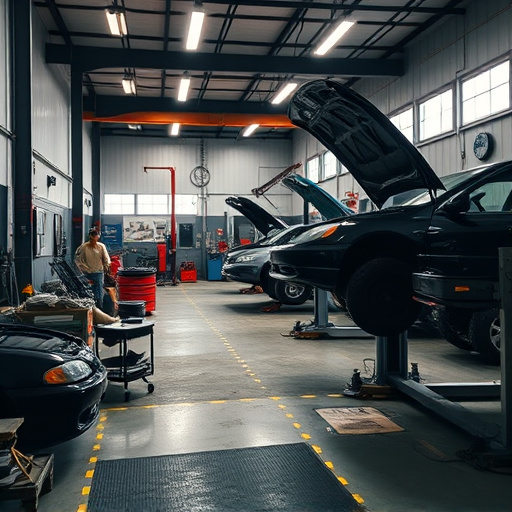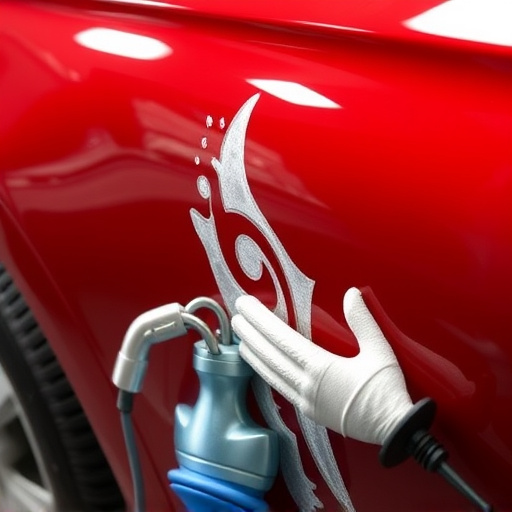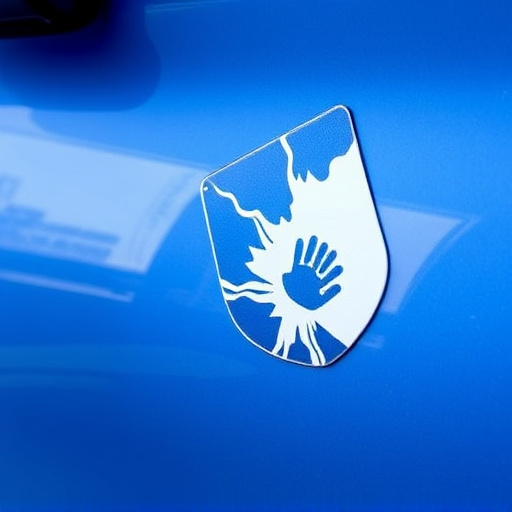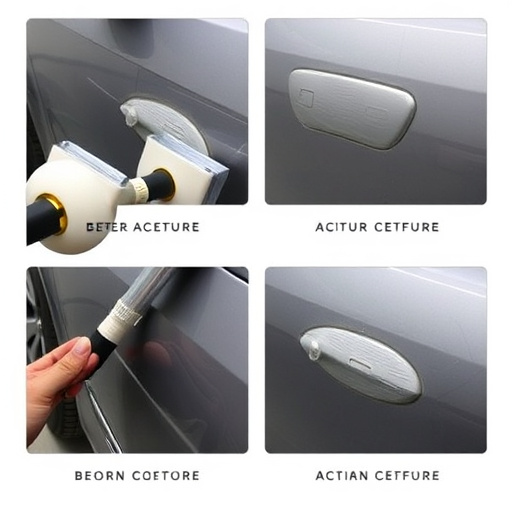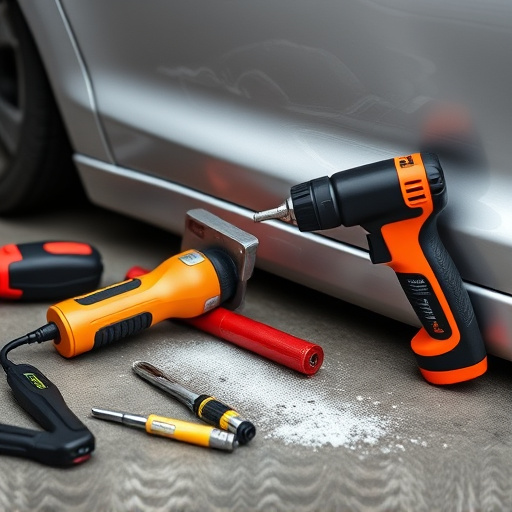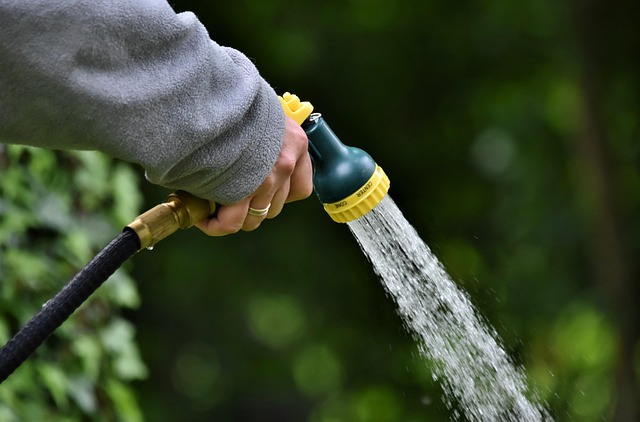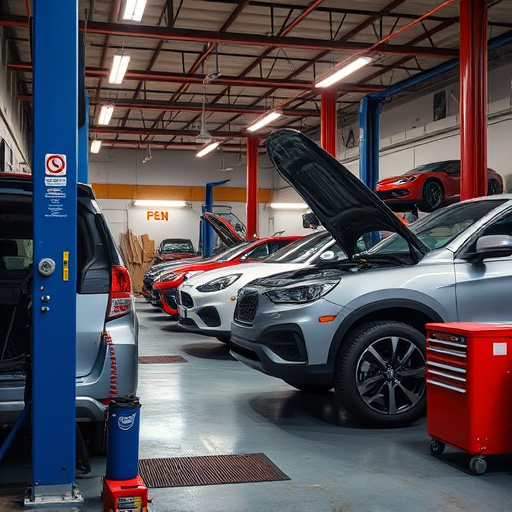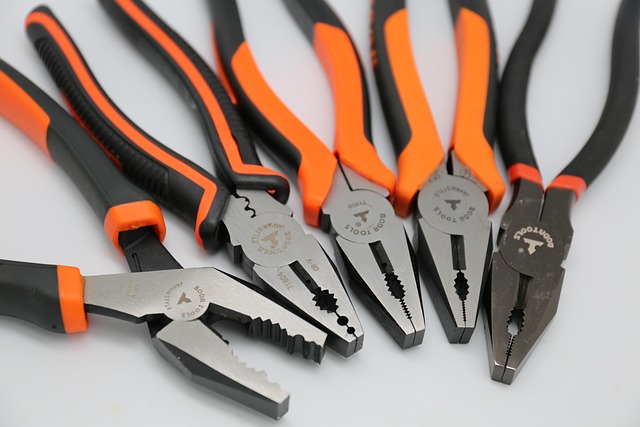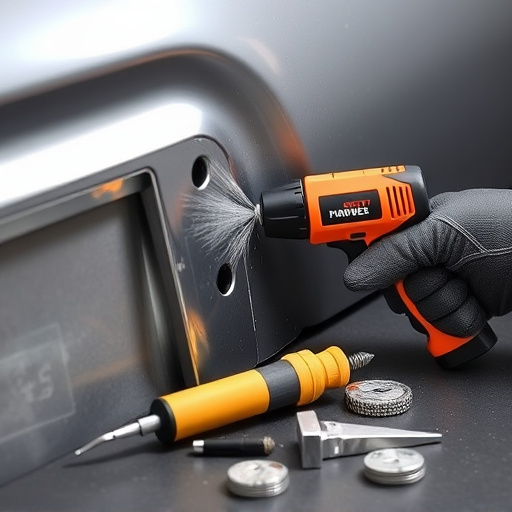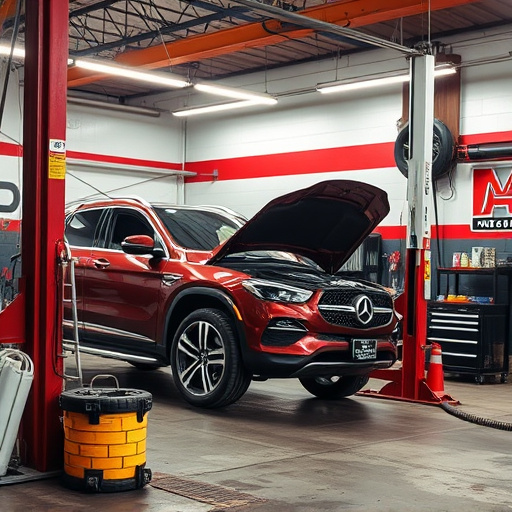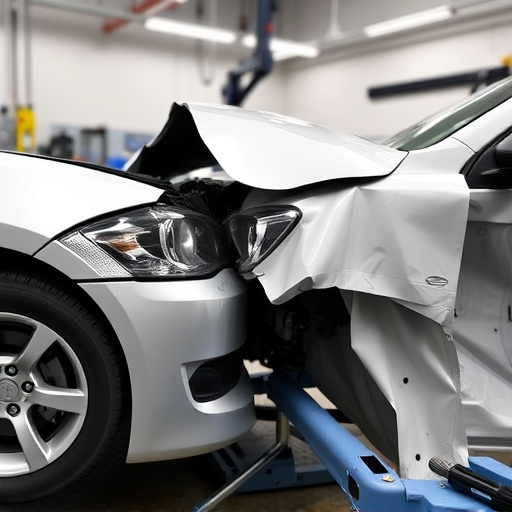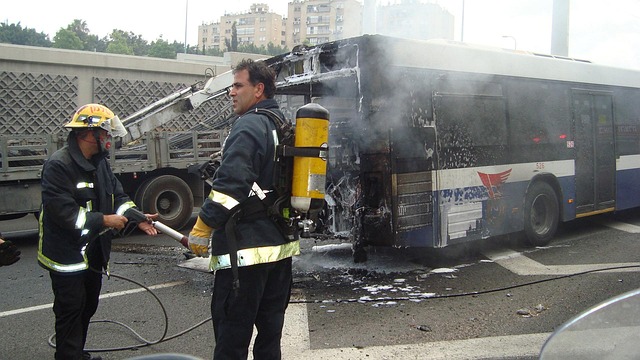Primer surfacer application is crucial in EV and hybrid vehicle repairs, enhancing adhesion for paintwork, blending with existing finishes, and ensuring structural integrity. It requires meticulous cleaning, low-pressure spraying, thinning, and cure times. Unique challenges include precision, waste management, environmental impact, and safety around high-voltage components, necessitating modern equipment and industry best practices.
In the rapidly evolving automotive landscape, electric and hybrid vehicles (EVs) are at the forefront of sustainable transportation. When repairing these advanced vehicles, understanding the crucial role of primer surfacer application is essential. This article delves into the significance of primer surfacer in EV repairs, exploring its application techniques for optimal results and dissecting the benefits and challenges unique to this domain.
- Understanding Primer Surfacer: Essential Role in Repair
- Application Techniques for Optimal Results in EVs
- Benefits and Challenges: A Deep Dive into EV Repairs
Understanding Primer Surfacer: Essential Role in Repair

Primer surfacer plays a pivotal role in the intricate process of electric and hybrid vehicle repairs, serving as a crucial link between the damaged surface and the final restoration. Beyond simply filling dents or hail damage repair marks, primer surfacer application prepares the automotive body work for optimal adhesion of paint and coatings, ensuring long-lasting results. This essential step in the repair process not only enhances the structural integrity but also significantly improves the aesthetic appeal, making it indispensable for achieving a seamless finish.
In the context of dent repair or even complex automotive body work, primer surfacer acts as a bridge, smoothing over imperfections and providing an even base. By sealing the repaired area and blocking out any underlying colors, it allows technicians to apply fresh paint with precision and accuracy, matching the vehicle’s original finish perfectly. This meticulous process, when executed properly using the right primer surfacer, ensures that the final product not only meets but exceeds expectations for both functionality and aesthetics in electric and hybrid vehicles.
Application Techniques for Optimal Results in EVs

For optimal results in Electric Vehicles (EVs) and Hybrid Vehicle repairs, a precise and methodical approach to primer surfacer application is essential. Professionals should start by thoroughly cleaning and preparing the damaged area, ensuring no debris or contaminants remain. This step is crucial for achieving a seamless finish later. The surface must be free from any grease, oil, or old paint residue using specialized cleaners and sandpaper to create a rough texture, aiding in better adhesion.
During application, it’s recommended to use low-pressure spray techniques with appropriate nozzles for even coating distribution. This method is particularly beneficial for EVs due to their sensitive electrical components. Applying the primer surfacer in thin, controlled layers allows for better penetration into the damaged area while minimizing the risk of overspraying and potential short circuits. Additionally, allowing adequate cure time between coats ensures a durable, high-quality repair that integrates seamlessly with the vehicle’s original paintwork, be it through traditional car paint repair methods or more advanced techniques like paintless dent repair for hail damage.
Benefits and Challenges: A Deep Dive into EV Repairs

The primer surfacer application plays a pivotal role in the intricate process of repairing electric and hybrid vehicles, presenting both substantial benefits and unique challenges for auto body shops and collision repair services. One of its primary advantages is the ability to enhance adhesion, crucial for bonding advanced materials such as lightweight composites and high-tech coatings used extensively in EV manufacturing. This ensures structural integrity and aesthetic appeal, extending the lifespan of these vehicles.
Moreover, a primer surfacer application facilitates seamless integration during tire services, often a critical aspect of EV repairs due to their sophisticated suspension systems. However, the process also demands meticulous precision and specialized training. The challenge lies in balancing effectiveness with potential material wastage, environmental impact, and ensuring safety protocols are strictly adhered to, especially when dealing with high-voltage components. Auto body shops must invest in state-of-the-art equipment and stay updated on industry best practices to navigate these complexities successfully.
Primer surfacer application plays a pivotal role in the repair process of electric and hybrid vehicles, offering both aesthetic enhancement and structural integrity. By understanding its unique properties and employing optimal application techniques, technicians can achieve superior results, ensuring these vehicles are safe, reliable, and visually appealing on the road. Navigating the benefits and challenges inherent in EV repairs highlights the importance of this advanced material in the automotive industry’s ongoing evolution.
